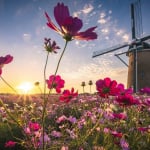Name: The Sand Museum
Address: 2083-17 Yuyama, Fukube-cho, Tottori City, Tottori Prefecture
Official Website: http://www.sand-museum.jp/
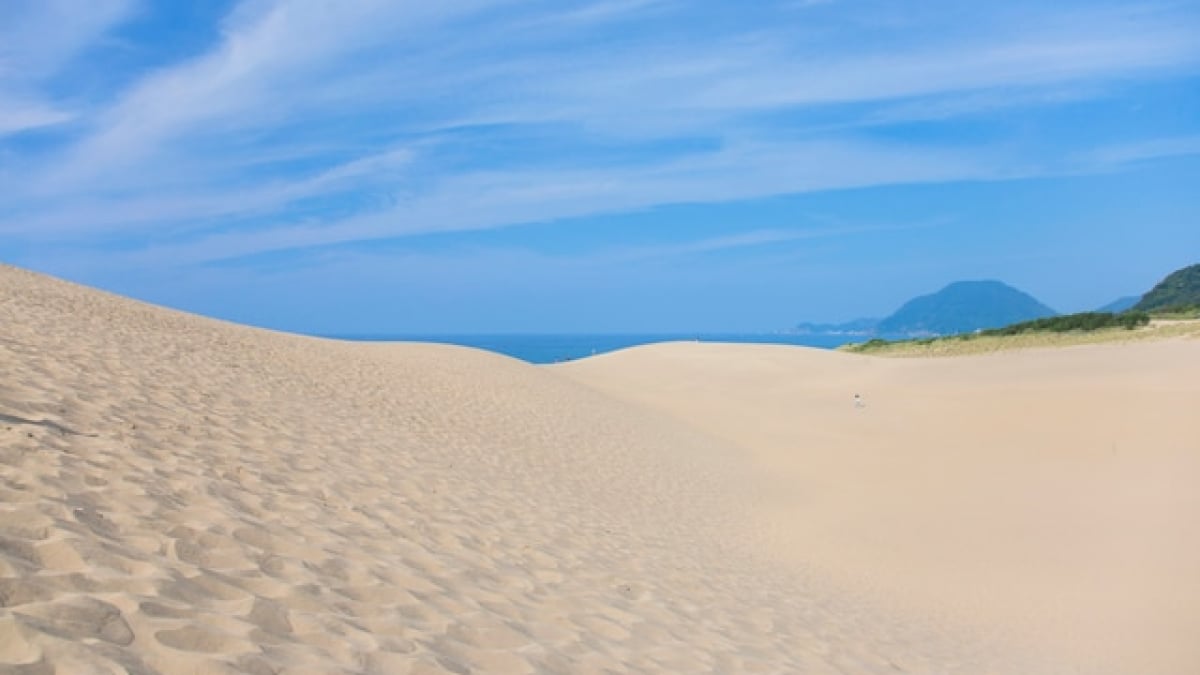
Tottori Prefecture’s Top Tourist Attraction – The Tottori Sand Dunes and 4 Recommended Nearby Sightseeing Spots
When you hear “Tottori Prefecture,” the first things that likely come to mind are the Tottori Sand Dunes and the Nijisseiki Pear, right? It is one of Japan’s three largest sand dune areas, but among them, the Tottori Sand Dunes are the most well-known as a sightseeing destination. In 1955, they were designated as a National Natural Monument and were also selected among Japan’s Top 100 Geological Features.
Most people visiting Tottori City stop by its most famous tourist spot—the sand dunes. But the charm of Tottori City isn’t limited to just the dunes. As a former castle town, it is dotted with historical and cultural heritage sites, as well as spiritual “power spots.” The city also offers natural scenery beyond the dunes, along with must-see art museums and resource centers.
This time, we’ll introduce some attractive sightseeing spots we highly recommend visiting alongside your trip to the sand dunes.
table of contents
[x] close
Tottori Prefecture’s Top Tourist Attraction – The Tottori Sand Dunes and 4 Recommended Nearby Sightseeing Spots
- 1. A Must-See Sand Art Museum Using Sand from the Tottori Sand Dunes – “The Sand Museum”
- 2. A Magical Sight with 3 Species of Fireflies and Natural Monuments – “Tottori Toshogu Shrine”
- 3. The Mythical Stage of the Legend of the White Rabbit of Inaba – A Must-Visit for Those Suffering from Skin Diseases – “Hakuto Shrine”
- 4. A Toy Hall That Brings Out Your Inner Child – The Retro “Warabekan”
- ◎ Summary
1. A Must-See Sand Art Museum Using Sand from the Tottori Sand Dunes – “The Sand Museum”
The first place we recommend visiting alongside the Tottori Sand Dunes is The Sand Museum. Inside, you can admire literal “sand art” created using sand from the dunes. The works are so impressive that you’ll find yourself wondering, “Wait, is this really made of sand?”
These works, called sand sculptures, are made by compacting sand with water, then carving the blocks like sculptures to create art pieces. Simply put, they are like the sand equivalent of the snow sculptures seen at snow festivals.
The sand sculptures are created by top-class sand artists from around the world, and the museum’s concept is “Travel the World in Sand.” Since sand sculptures cannot be preserved long-term, each visit offers a chance to see works representing different countries, making you feel as though you’ve traveled the globe. This is one of Tottori City’s top recommended spots.
2. A Magical Sight with 3 Species of Fireflies and Natural Monuments – “Tottori Toshogu Shrine”
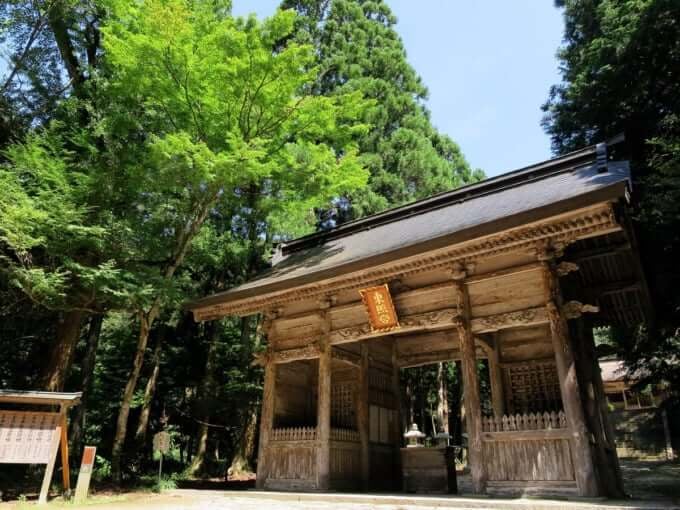
Formerly known as Ochidani Shrine until 2011, Tottori Toshogu Shrine’s previous name was notoriously difficult for first-time visitors to read, but now it’s much easier. The shrine’s main hall, karamon gate, and four other temple buildings are designated as National Important Cultural Properties. Originally established as Inaba Toshogu Shrine, the main hall features a carving of a hawk on the beam above the door, believed to be the work of Hidari Jingoro. Like the “Sleeping Cat” at Nikko Toshogu Shrine, it serves as a symbolic motif of Toshogu Shrines.
The approach to the shrine is part of Ochidani Park, a popular sightseeing spot. Alongside the path flows the clear Ochidani River, home to fireflies including Genji fireflies, Heike fireflies, and the rare Hime fireflies. The area is preserved as Tottori City’s “Village of Fireflies.” Additionally, the park is home to the protected butterfly species Makidara Luritsubame, offering a natural environment that feels far removed from the city center. It’s a place where you can appreciate a different kind of natural beauty from that of the Tottori Sand Dunes.
Name: Tottori Toshogu Shrine
Address: 87 Kamimachi, Tottori City, Tottori Prefecture
Official Website: http://www.tottori-guide.jp/
3. The Mythical Stage of the Legend of the White Rabbit of Inaba – A Must-Visit for Those Suffering from Skin Diseases – “Hakuto Shrine”
One of the most famous myths associated with Tottori City is the story of the “White Rabbit of Inaba.” In short, the legend tells of a white rabbit who tricked sharks into lining up across a river so it could cross on their backs. However, the trick was discovered, and the rabbit had all its skin torn off. Later, the god Okuninushi no Mikoto happened to pass by, healed the rabbit, and restored its body.
The stage for this myth is Hakuto Shrine, where the White Rabbit deity is enshrined as the main god. The shrine is revered as a place of blessings for those with skin diseases, and people suffering from burns also visit to pray for healing. Along the path to the shrine is a mysterious pond with a constant water level year-round. This is Mitarai Pond, where the White Rabbit is said to have washed its body for healing.
The White Rabbit is also known as a god of matchmaking, so if you wish for your love to succeed, make sure to add Hakuto Shrine to your sightseeing list alongside the sand dunes.
Name: Hakuto Shrine
Address: 603 Hakuto Miyagoshi, Tottori City, Tottori Prefecture
Official Website: http://www.tottori-guide.jp/
4. A Toy Hall That Brings Out Your Inner Child – The Retro “Warabekan”
Perhaps the most family-friendly attraction in Tottori City is “Warabekan.” It’s a sightseeing spot where not only children but also adults can return to their childhood and be captivated.
The building’s design replicates the exterior of the former Tottori Prefectural Library, blending a touch of nostalgia with modernity. It has three floors—on the first floor, an old-fashioned school is recreated down to the classrooms and hallways. Climbing the spiral staircase leads you to the much-anticipated toy room.
Unlike modern electronic toys, these are warm, wooden, mechanical toys that surprisingly draw you in. The third floor is a toy museum that would make any toy enthusiast envious, displaying old and new toys from around the world in an easy-to-understand manner. You might even find yourself so absorbed here that you forget you originally came to Tottori City to see the sand dunes.
Name: Warabekan
Address: 3-202 Nishimachi, Tottori City, Tottori Prefecture
Official Website: http://www.warabe.or.jp/
◎ Summary
Tottori City has many other fascinating tourist destinations. Scenic spots include Koyama Pond, the largest pond in Japan, Ame Falls, and Ochidani Park. There are also cultural facilities such as the Tottori Prefectural Museum and Tottori Folk Crafts Museum, and spiritual sites such as Ube Shrine and Mani-ji Temple.
Alongside the famous Nijisseiki Pear, be sure to try local delicacies such as pear curry and Dondoroke rice—a dish made by grilling tofu, mixing it with rice, and cooking it together.
RELATED ARTICLES
REGIONS
CATEGORIES
FEATURED ON tottori
-
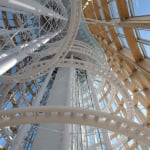
5 Recommended Tourist Spots in Sakaiminato City — The Town Where Kitaro Lives is Full of Fun!
-

6 Recommended Tourist Attractions in Tottori City, Tottori Prefecture! A City of Sand and History Representing the San’in Region
-
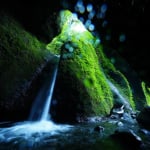
[Hyogo/Shin Onsen Town] Shiwagara Falls | Overwhelmed by a Mystical Waterfall! Also Introducing Nearby Tourist Spots
-
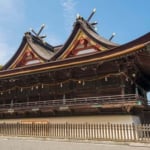
[4-day holiday in the Chugoku region] Summary of summer outing spots ◎ Enjoy the great outdoors!
-
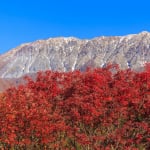
[Tottori Prefecture] Kakikake Pass Sightseeing Information! Experience the Breathtaking Autumn Foliage of Mount Daisen and Rural Spots
MOST POPULAR ON tottori
-
 1
1Doha: Must-see Attractions in the Capital of Qatar
-
 2
2Toronto: 10 Things to do in this Picturesque Canadian City
-
 3
3Amarillo: A City Famous for It’s Amazing Canyons, Great History and Music
-
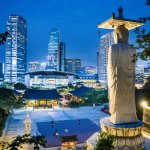 4
4South Korea: Dazzling Scenery, Rich Culture and Fascinating History
-
 5
5Kuwait: A Country in Middle East Asia Famous for Hot Sand Dunes and Stunning Cityscape

